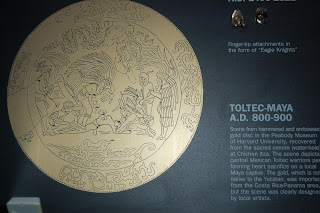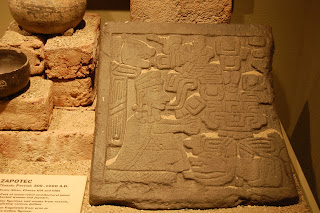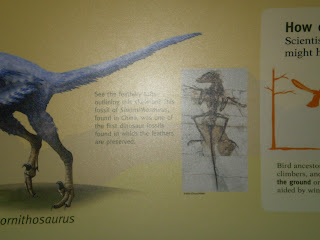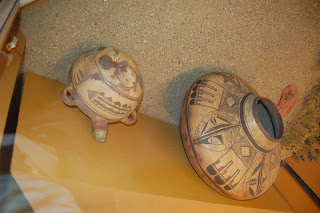When I was a kid, I read quite a few books in school. Here is a list of some old classics I would recommend along with some recent titles:
Little House on the Praire by Laura Ingalls Wilder
The Box Car Children by Gertrude Chandler Warner
The Nancy Drew Mysteries
The Hardy Boy Mysteries
Moby Dick by Herman Melville
Huckleberry Finn by Mark Twain
A Tale of Two Cities by David Copperfield
Charlotte's Web by E.B. White
Robinson Crusoe by Daniel Defoe
Gulliver's Travels by Jonathan Swift
Little Women by Louisa M Alcott
A Christmas Carol by Charles Dickens
and of course Harry Potter by J.K. Rowling
For the young adult and adult readers:
2001 A Space Odyssey by Arthur C. Clarke
Clan of the Cave Bear by Jean M. Auel (part of the Earth Children Series)
Dracula by Bram Stoker
Frankenstein by Mary Shelly
Romeo and Juliet by William Shakespeare
The Wonderful Wizard of Oz by L. Frank Baum
Gone with the Wind by Margaret Mitchell
Dr. Jekyll and Mr. Hyde by Robert Louis Stevenson
Brave New World by Aldous Huxley
Lord of the Flies by William Goldin
To Kill a Mockingbird by Harper Lee
The Grapes of Wrath by John Steinbeck
Of Mice and Men by John Steinbeck
20,000 Leagues Under the Sea by Jules Verne
The Time Machine by H.G. Wells
The Good Earth by Pearl S. Buck
Tales by Edgar Allen Poe
The Outsiders by S.E. Hinton
I also found a site that has free audio and e-books that are in the public domain:
http://librivox.org/
Project Gutenberg also has free ebooks:
http://www.gutenberg.org/
Take a look.
By Rita Jean Moran (
www.thelibrarykids.com)


























































